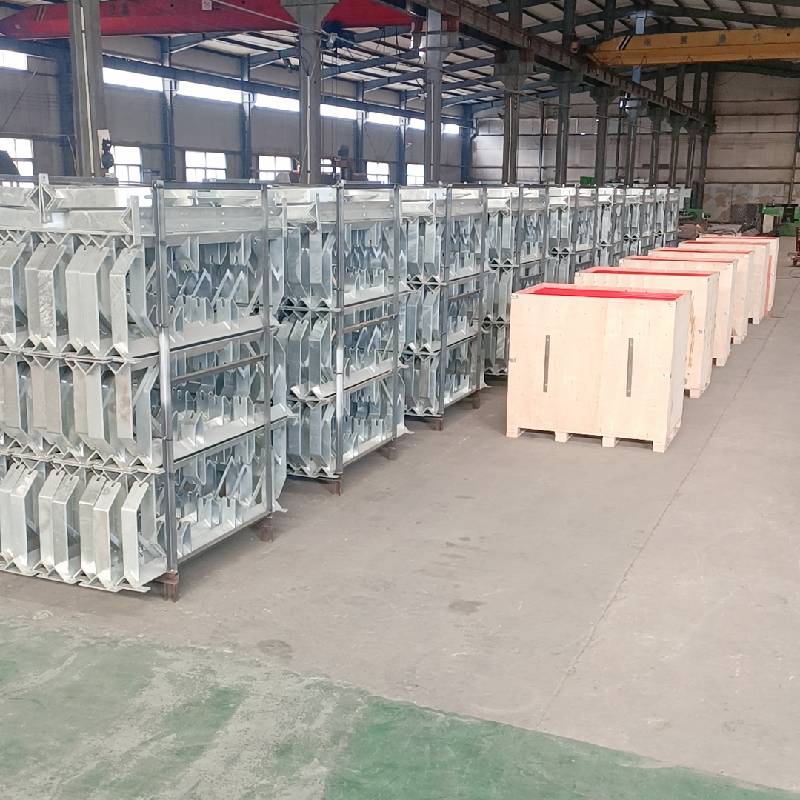 Afrikaans
Afrikaans  Albanian
Albanian  Amharic
Amharic  Arabic
Arabic  Armenian
Armenian  Azerbaijani
Azerbaijani  Basque
Basque  Belarusian
Belarusian  Bengali
Bengali  Bosnian
Bosnian  Bulgarian
Bulgarian  Catalan
Catalan  Cebuano
Cebuano  Corsican
Corsican  Croatian
Croatian  Czech
Czech  Danish
Danish  Dutch
Dutch  English
English  Esperanto
Esperanto  Estonian
Estonian  Finnish
Finnish  French
French  Frisian
Frisian  Galician
Galician  Georgian
Georgian  German
German  Greek
Greek  Gujarati
Gujarati  Haitian Creole
Haitian Creole  hausa
hausa  hawaiian
hawaiian  Hebrew
Hebrew  Hindi
Hindi  Miao
Miao  Hungarian
Hungarian  Icelandic
Icelandic  igbo
igbo  Indonesian
Indonesian  irish
irish  Italian
Italian  Japanese
Japanese  Javanese
Javanese  Kannada
Kannada  kazakh
kazakh  Khmer
Khmer  Rwandese
Rwandese  Korean
Korean  Kurdish
Kurdish  Kyrgyz
Kyrgyz  Lao
Lao  Latin
Latin  Latvian
Latvian  Lithuanian
Lithuanian  Luxembourgish
Luxembourgish  Macedonian
Macedonian  Malgashi
Malgashi  Malay
Malay  Malayalam
Malayalam  Maltese
Maltese  Maori
Maori  Marathi
Marathi  Mongolian
Mongolian  Myanmar
Myanmar  Nepali
Nepali  Norwegian
Norwegian  Norwegian
Norwegian  Occitan
Occitan  Pashto
Pashto  Persian
Persian  Polish
Polish  Portuguese
Portuguese  Punjabi
Punjabi  Romanian
Romanian  Russian
Russian  Samoan
Samoan  Scottish Gaelic
Scottish Gaelic  Serbian
Serbian  Sesotho
Sesotho  Shona
Shona  Sindhi
Sindhi  Sinhala
Sinhala  Slovak
Slovak  Slovenian
Slovenian  Somali
Somali  Spanish
Spanish  Sundanese
Sundanese  Swahili
Swahili  Swedish
Swedish  Tagalog
Tagalog  Tajik
Tajik  Tamil
Tamil  Tatar
Tatar  Telugu
Telugu  Thai
Thai  Turkish
Turkish  Turkmen
Turkmen  Ukrainian
Ukrainian  Urdu
Urdu  Uighur
Uighur  Uzbek
Uzbek  Vietnamese
Vietnamese  Welsh
Welsh  Bantu
Bantu  Yiddish
Yiddish  Yoruba
Yoruba  Zulu
Zulu head pulley and tail pulley
The Importance of Head and Tail Pulleys in Conveyor Systems
In the realm of material handling and conveyor systems, head and tail pulleys play a vital role in the efficient movement of goods and materials from one location to another. These components are essential for the operation of belt conveyors, which are widely used in various industries, including mining, manufacturing, and distribution. Understanding the function and significance of head and tail pulleys can enhance operational efficiency and reduce maintenance costs.
Understanding Head and Tail Pulleys
A head pulley, often referred to as the drive pulley, is located at the discharge end of a conveyor system. Its primary function is to drive the belt, converting motor power into motion that moves the material along the conveyor line. The head pulley is typically larger in diameter than the tail pulley and is designed to provide the necessary traction to propel the belt forward. In addition, it often features special designs, such as crowned surfaces, to maintain proper belt alignment and prevent slippage.
On the other hand, the tail pulley, positioned at the loading end of the conveyor system, serves as a tensioning mechanism that helps maintain the necessary tension in the belt. It provides support for the belt as it returns to the head pulley after discharging the material. The tail pulley is generally smaller in diameter and is a critical component in ensuring the longevity of the conveyor belt by preventing excessive wear and tear caused by slack.
The Working Mechanism
The interplay between head and tail pulleys is what enables a conveyor system to function seamlessly. The head pulley, connected to a motor via a drive system, initiates the belt's movement. When the motor turns the head pulley, the belt looped around it begins to travel toward the direction of the material flow. As the belt moves, it carries the material from the loading area and transitions to the discharge point. The tail pulley facilitates this movement by supporting the belt on its return journey, ensuring that the belt is kept taut and properly aligned.
head pulley and tail pulley

Importance of Proper Maintenance
Maintaining both head and tail pulleys is essential for the overall efficiency and longevity of conveyor systems. Regular inspections should be conducted to check for wear and tear, misalignment, and damage. If the head pulley becomes worn, it may lead to slippage, resulting in decreased efficiency and potentially longer transport times. Similarly, if the tail pulley is unable to maintain the proper tension in the belt, it could lead to excessive sagging, increased friction, and premature belt failure.
Furthermore, lubrication of bearings in both pulleys is crucial to minimize friction and heat generation. Excessive heat can lead to further wear, causing operational inefficiencies. Therefore, a proactive maintenance schedule that addresses the condition of these pulleys will not only enhance performance but also reduce downtime and repair costs.
Technological Innovations
With advancements in technology, modern head and tail pulleys have evolved to enhance the performance and reliability of conveyor systems. Innovations such as variable frequency drives (VFDs) allow for better control of the head pulley’s speed, providing flexibility in material handling operations. Additionally, predictive maintenance techniques utilizing IoT sensors can monitor the condition of pulleys in real-time, alerting operators to potential issues before they escalate into major problems.
Conclusion
In conclusion, head and tail pulleys are integral components of conveyor systems, facilitating the efficient movement of materials across various industries. Their proper function, maintenance, and technological advancements are critical to ensuring the performance and reliability of conveyor operations. By recognizing the importance of these components, businesses can optimize their material handling processes, enhance productivity, and reduce operational costs. As industries continue to evolve, the role of head and tail pulleys remains pivotal in achieving seamless and efficient material transport solutions.
-
Wing Pulley Conveyor for Conveyor Belt MaintenanceNewsJun.16,2025
-
Self Cleaning Spiral Idler for Conveyor DesignNewsJun.16,2025
-
Pulley Lagging for Conveyor Belt AlignmentNewsJun.16,2025
-
Impact Idlers Used in Belt Conveyor for PerformanceNewsJun.16,2025
-
Ceramic Lagging Conveyor Pulley for Conveyor Belt SystemsNewsJun.16,2025
-
Belt Conveyor Idler for Heavy-Duty ApplicationsNewsJun.16,2025





























